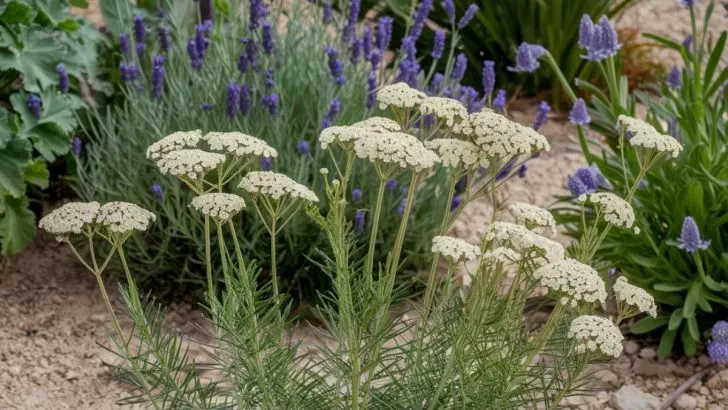Growing a beautiful garden isn’t just for those blessed with rich, loamy soil. Even if you’re dealing with ground that’s as welcoming as a stubborn mule, you can still cultivate a vibrant space with the right plant choices.
Resilient plants are those hardy, adaptable species that can transform a challenging yard into a flourishing oasis. Here’s a look at six plants that laugh in the face of nutrient-poor soil, making even the most barren patches of earth come alive.
Understanding Poor Soil: The Challenge and the Opportunity
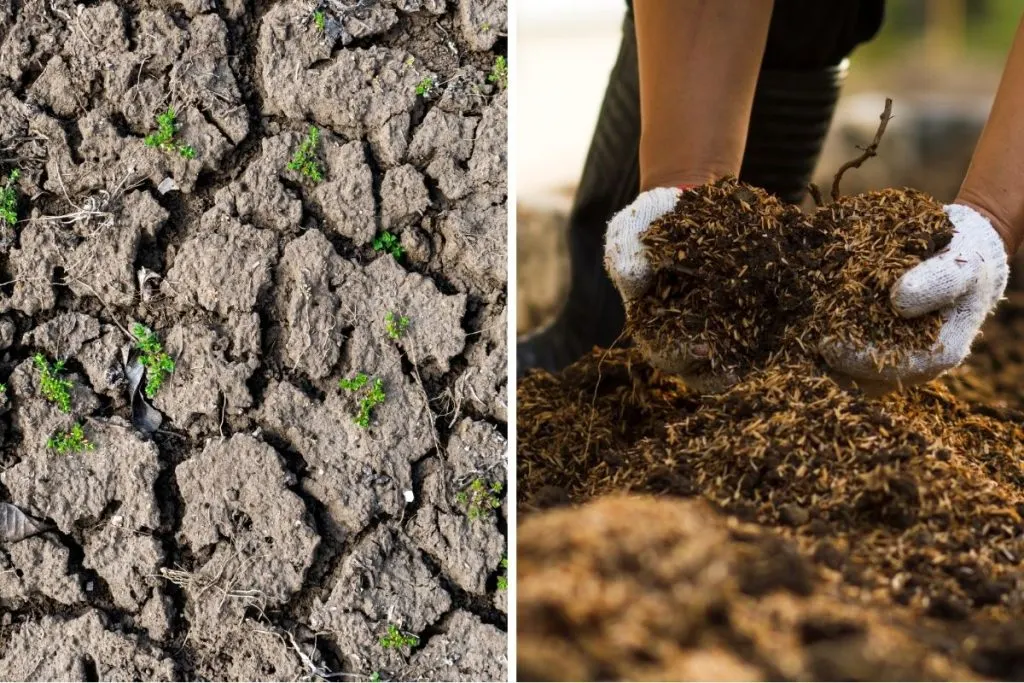
Before we dive into the who’s who of resilient greenery, let’s chat about what “poor soil” actually means. It might conjure images of barren desert land or rocky outcrops, but poor soil is simply any soil lacking in nutrients.
It can be sandy, rocky, or heavy clay—and, while these conditions might seem like Mother Nature’s way of throwing a wrench in your gardening plans, they actually present a unique opportunity to experiment with plants that don’t just survive, but thrive under challenging circumstances.
Black-Eyed Susan: The Golden Resilient
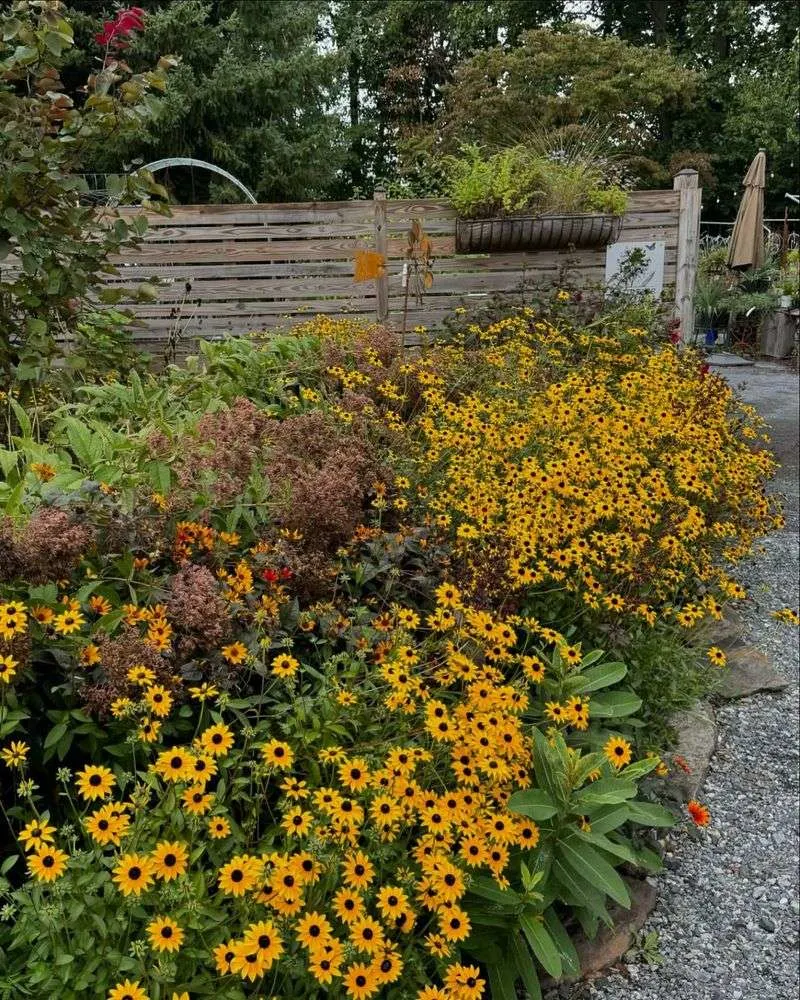
This cheerful wildflower thrives in poor soil where other plants might struggle. Its sunny yellow petals and dark centers brighten up even the most neglected patches of earth. Black-eyed Susans are drought-tolerant and self-reliant, needing minimal care once established.
What makes this plant a true champion is its ability to improve the soil over time. Its deep roots help prevent erosion and aerate compacted ground, making it easier for other plants to grow. Whether planted along a driveway or in an untamed garden corner, Black-eyed Susan adds both beauty and resilience.
Sedum: The Survivor of All Conditions
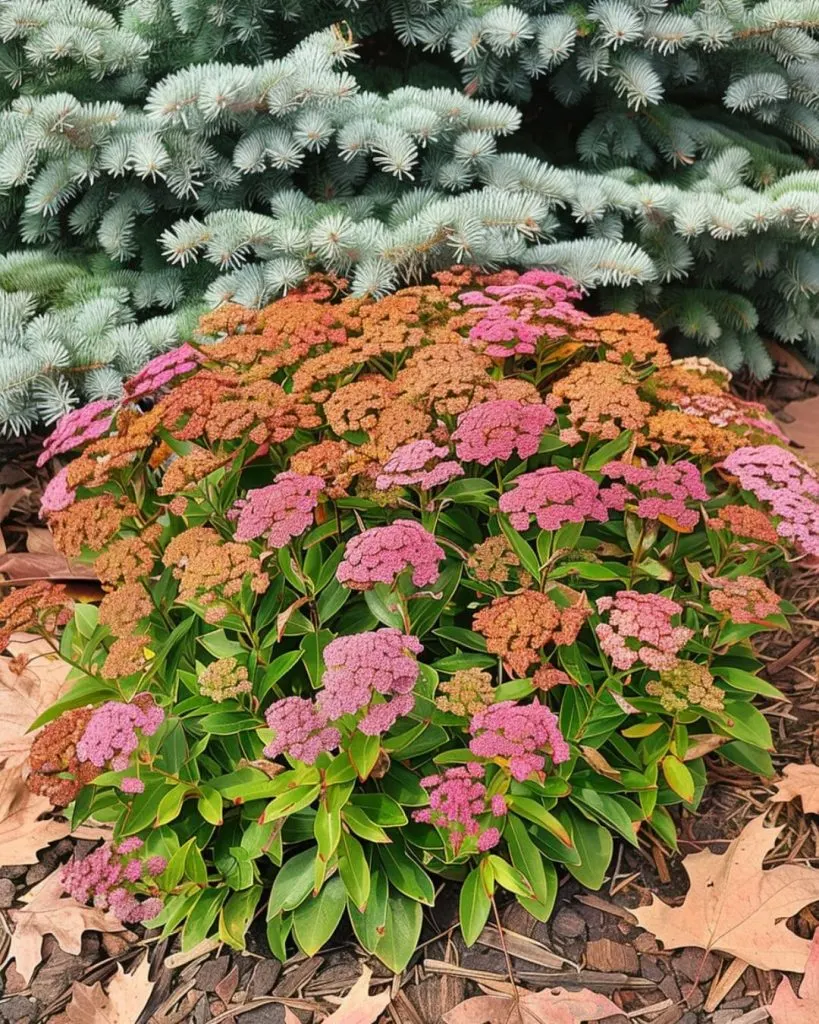
When the soil is rocky, sandy, or barely there, Sedum steps up. This hardy succulent is practically unbothered by poor soil conditions, as long as it has plenty of sun. Its thick, fleshy leaves store water, making it a drought-tolerant wonder for the laziest gardener.
Sedum comes in various shapes and colors, from creeping ground covers to upright clusters. It’s not just tough – it’s also a pollinator magnet, drawing bees and butterflies with its tiny star-shaped flowers. If you want a no-fuss plant that thrives in the harshest spots, Sedum is the one to choose.
Yarrow: The Tenacious Bloom
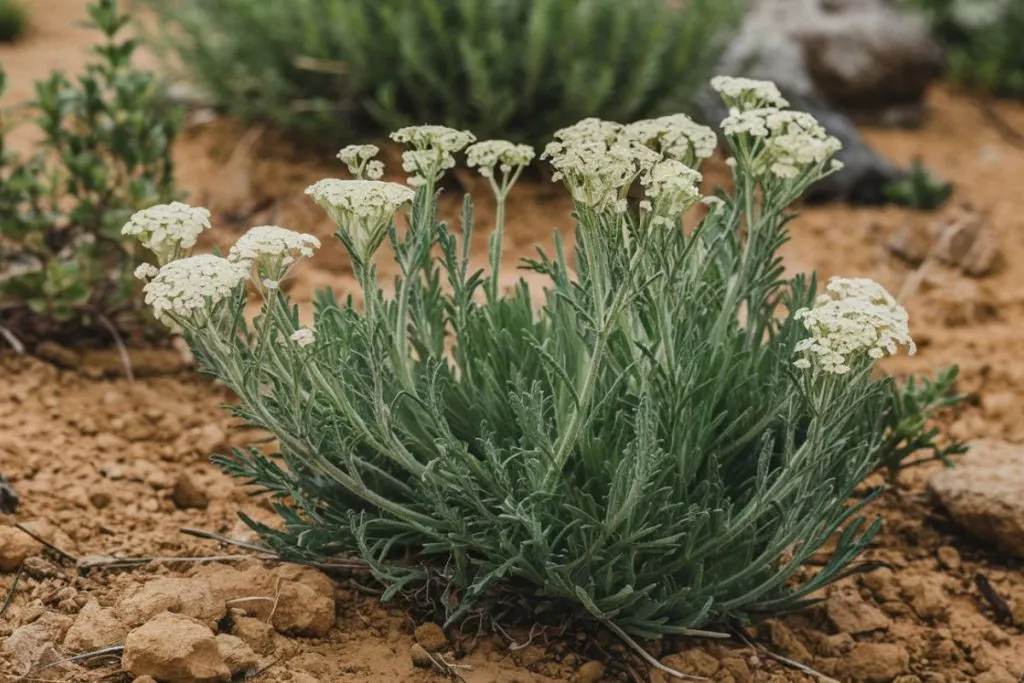
Yarrow, with its cheerful clusters of tiny flowers, is the garden equivalent of a world traveler who can adapt to just about any environment.
This hardy perennial is native to temperate regions across the Northern Hemisphere and is often spotted adorning roadsides and fields, waving proudly in the breeze.
If you’re aiming for a prairie-style garden without worrying about the state of your soil, yarrow is a stellar choice. It excels in US hardiness zones 3 to 9, flourishing best in full sun and indifferent to nutrient-poor, dry, or rocky soils.
With blooms ranging from white to vibrant pinks and reds, this plant is not only versatile but also visually stunning. Remember to lovingly deadhead yarrow as the season progresses to keep its floral display at its peak.
Lavender: The Aromatic Overachiever
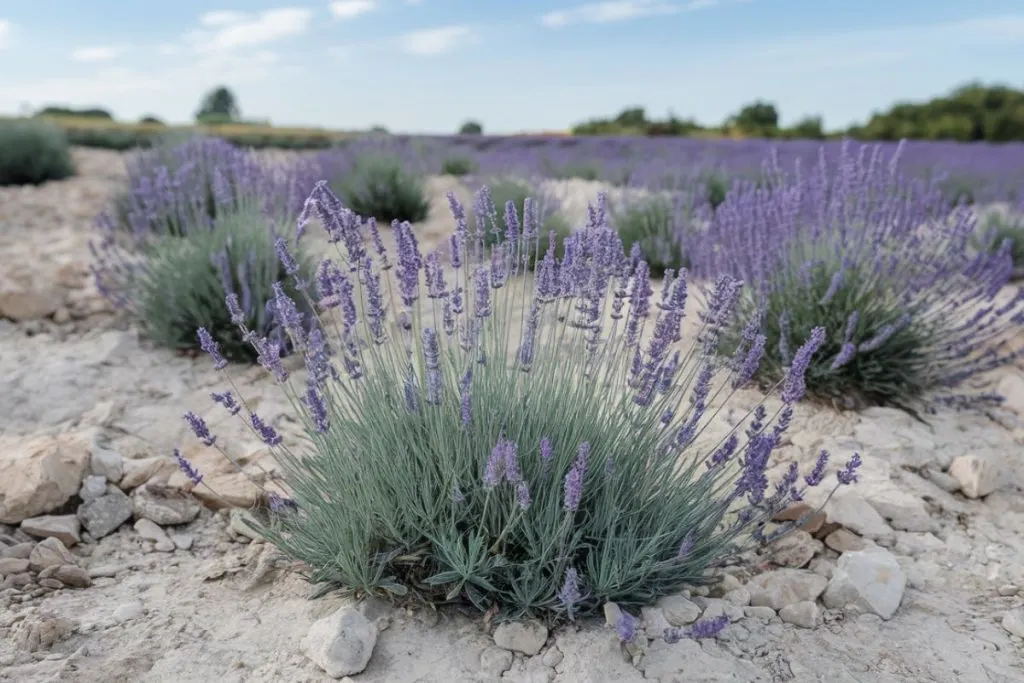
Lavender is the aromatic hero of the plant world, thriving where others falter. Native to the sun-drenched hills of the Mediterranean, this herb revels in well-drained, sandy soils and full sun.
Its preference for nutrient-poor conditions means you can plant and forget, letting lavender do its thing without fussing over fertilization.
Lavender’s hardy nature shines in US zones 5 through 10, where it’s as comfortable in your garden as it is in its native habitat. Not only does lavender fill your garden with its soothing fragrance, but it also attracts bees and butterflies, making it a friend to pollinators everywhere.
Consider trying Lavandula stoechas, known for its beautiful purple blooms and robustness in practically any sunny spot.
Chicory: The Blue Jewel of the Field
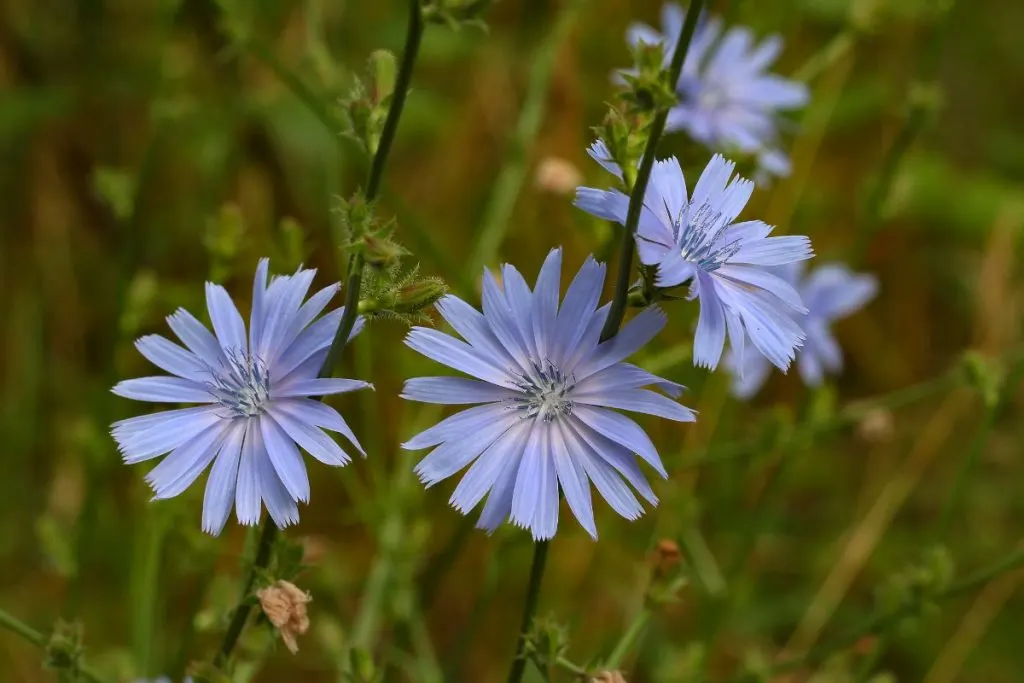
If it’s vibrant blue blooms you’re after, let me introduce you to Wild Chicory. This plant is like that cool, laid-back friend who seems to shine effortlessly, no matter the situation.
Found flourishing in wild, untamed areas of southern Europe, chicory loves sandy and stony soils bereft of nutrients.
Growing up to five feet tall, chicory is a biennial, meaning it might play a waiting game before flowering in its second year. It’s worth the wait though, as its stunning blue blooms enchant onlookers and add a splash of color to any wild patch.
In US hardiness zones 3 to 8, chicory’s resilient nature makes it perfect for bringing a piece of the Italian countryside straight to your backyard.
Field Scabious: Nature’s Pincushion

Field Scabious, sometimes known endearingly as the pincushion flower, is a versatile and hardy annual that thrives in dry, stony conditions. From mid-summer until the first frost, its lilac blooms make it a beloved choice for pollinators, drawing in bees and butterflies like a magnet.
In US zones 4 to 9, field scabious is a garden savior for those with poor soil, turning barren patches into a fluttering paradise. With its tall, graceful stems, this plant isn’t just a feast for the eyes but also makes for a lovely cut flower, adding a touch of wild beauty to any home arrangement.
Milkweed: Monarch’s Best Friend
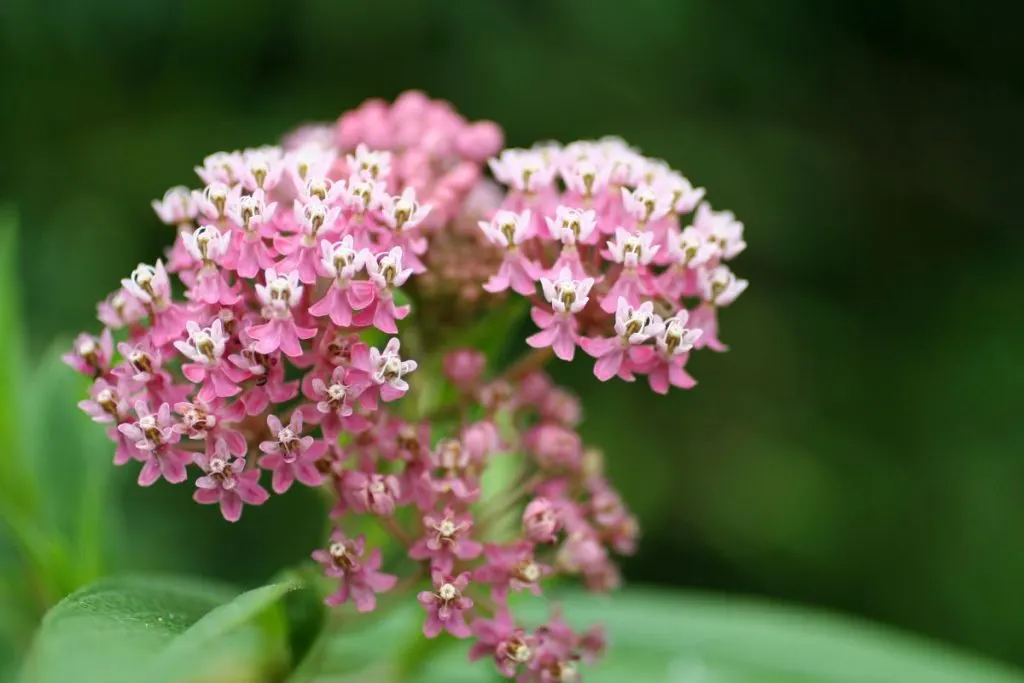
Meet Milkweed, the plant that’s not just a survivor but a crucial host for monarch butterflies. This native gem is well-suited to poor soils across grass meadows or rocky terrains and is a resilient choice for US zones 6 to 10.
Narrow-leaf milkweed, or Asclepias fascicularis, embodies adaptability, flourishing in the sands and clays of California and beyond. It withstands the chill of winter when dormant and perseveres through drought, providing food and shelter to monarch caterpillars.
Plant this perennial beauty and watch as your garden becomes a haven for these glorious butterflies.
Daylilies: The Reliable Stalwarts
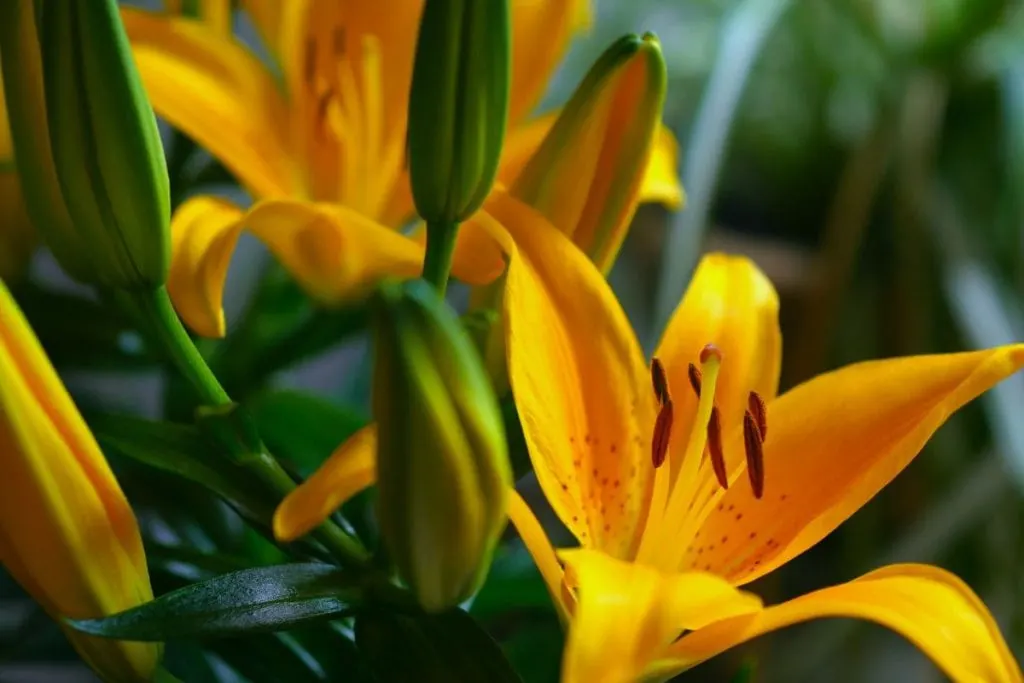
Finally, let’s not forget Daylilies, the reliable workhorses of any challenging garden. These plants, which aren’t true lilies but belong to the Hemerocallis genus, thrive in a variety of conditions.
Found contentedly growing along roadside ditches, they prove their mettle in the toughest of environments.
Daylilies can be grown across US hardiness zones 4 to 9, effortlessly weathering poor soils while providing a diverse array of colors and forms.
However, it’s worth noting that some daylily varieties, like the orange Hemerocallis fulva, can be invasive, so a quick check with local guidelines is advisable before planting.
Getting to Know Your Soil
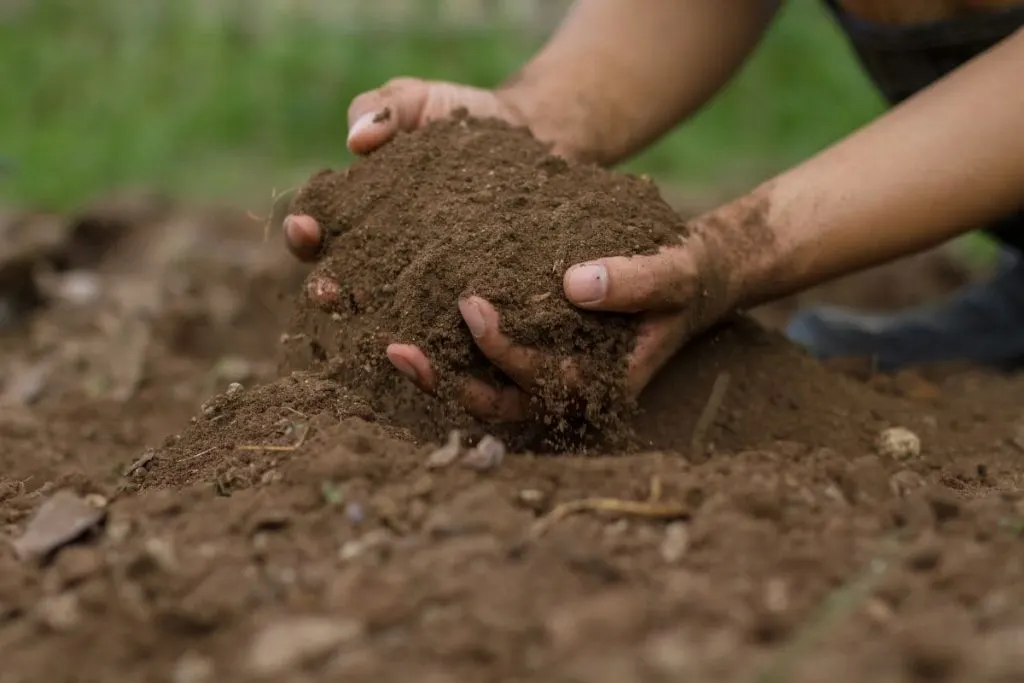
Before embarking on your planting journey, it’s crucial to understand what you’re working with. Testing your soil’s pH and nutrient levels can provide vital insights into the types of plants that will thrive in your garden.
Thankfully, soil test kits are readily available and can demystify the ground beneath your feet, guiding you towards the best plant choices for your soil type.
No matter the condition of your soil, there’s always a plant that’s ready to take up the challenge. By opting for these hardy, adaptable species, you can transform even the most inhospitable patches into vibrant, flourishing gardens that not only survive but thrive.

